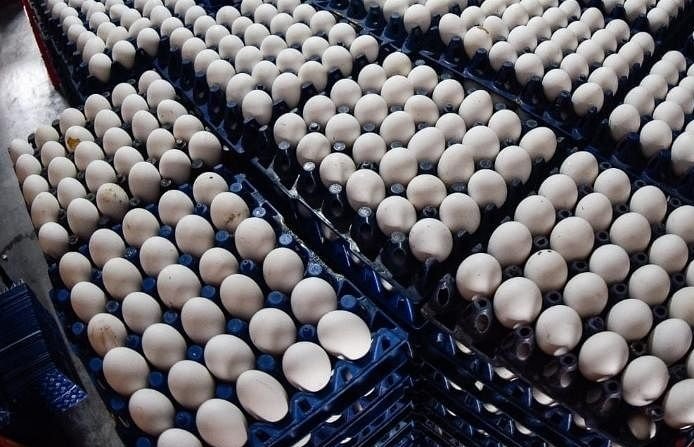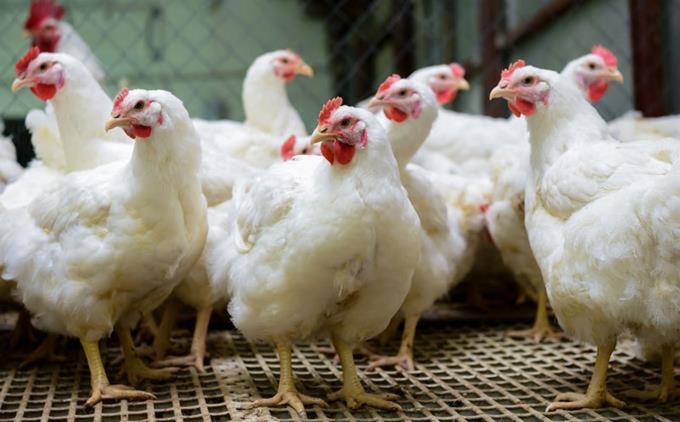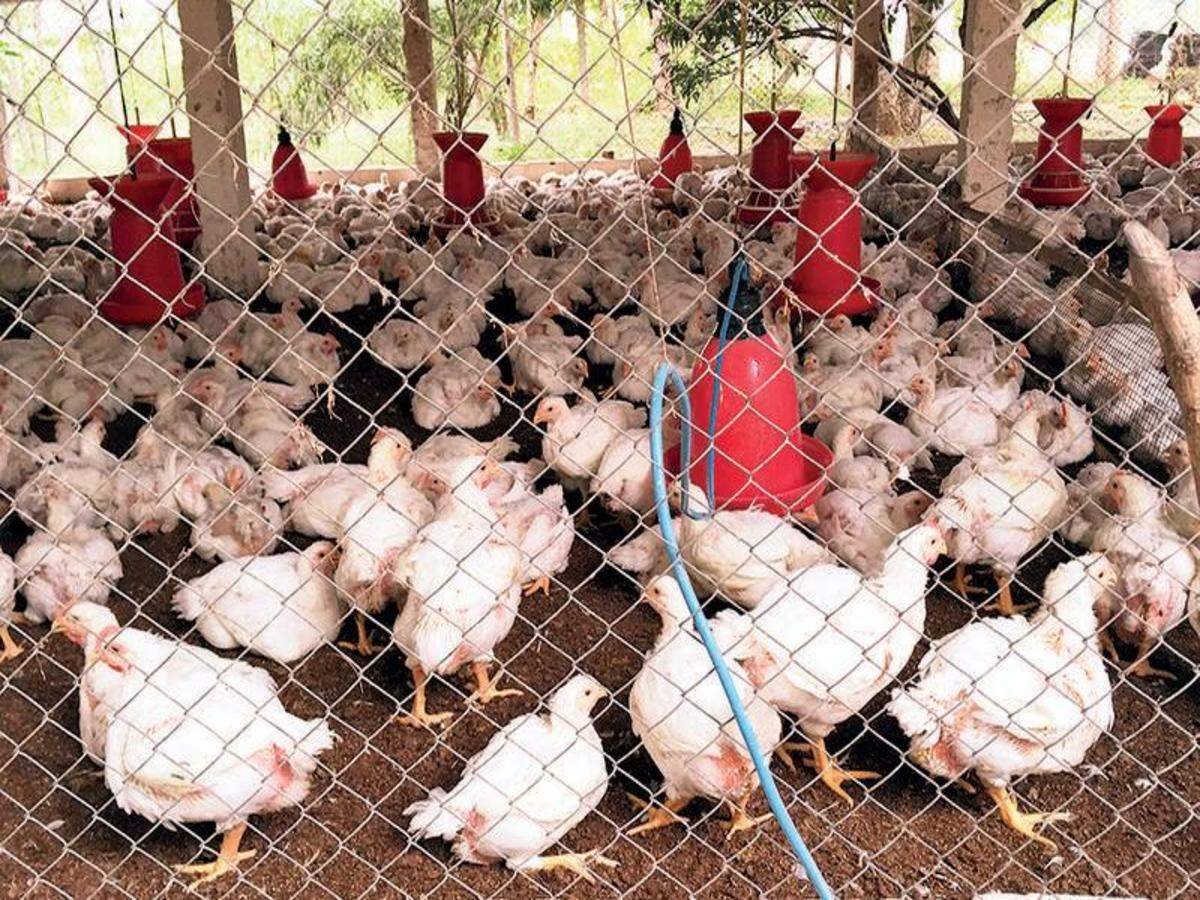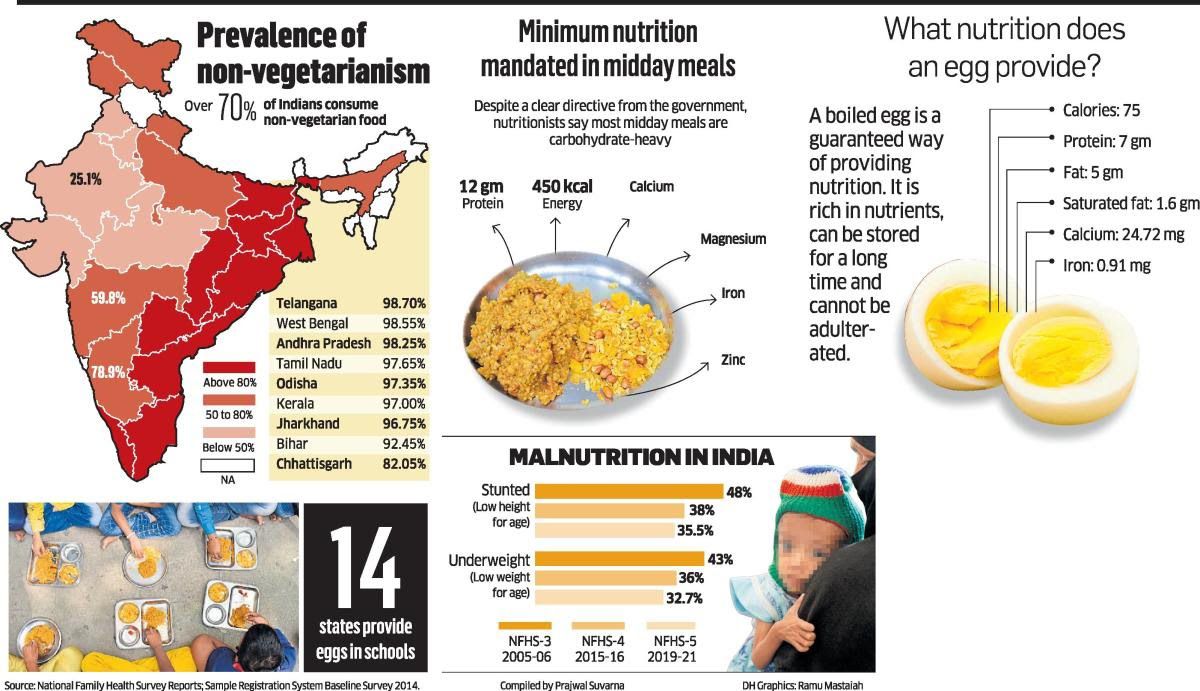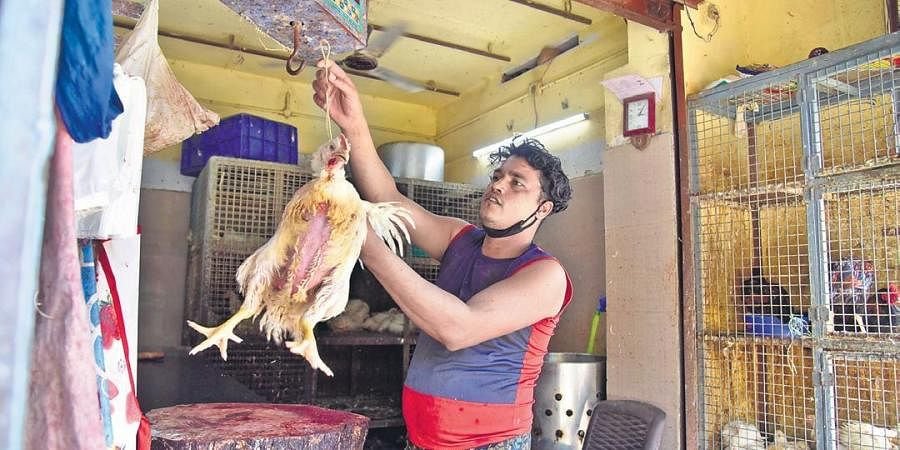Fly Control
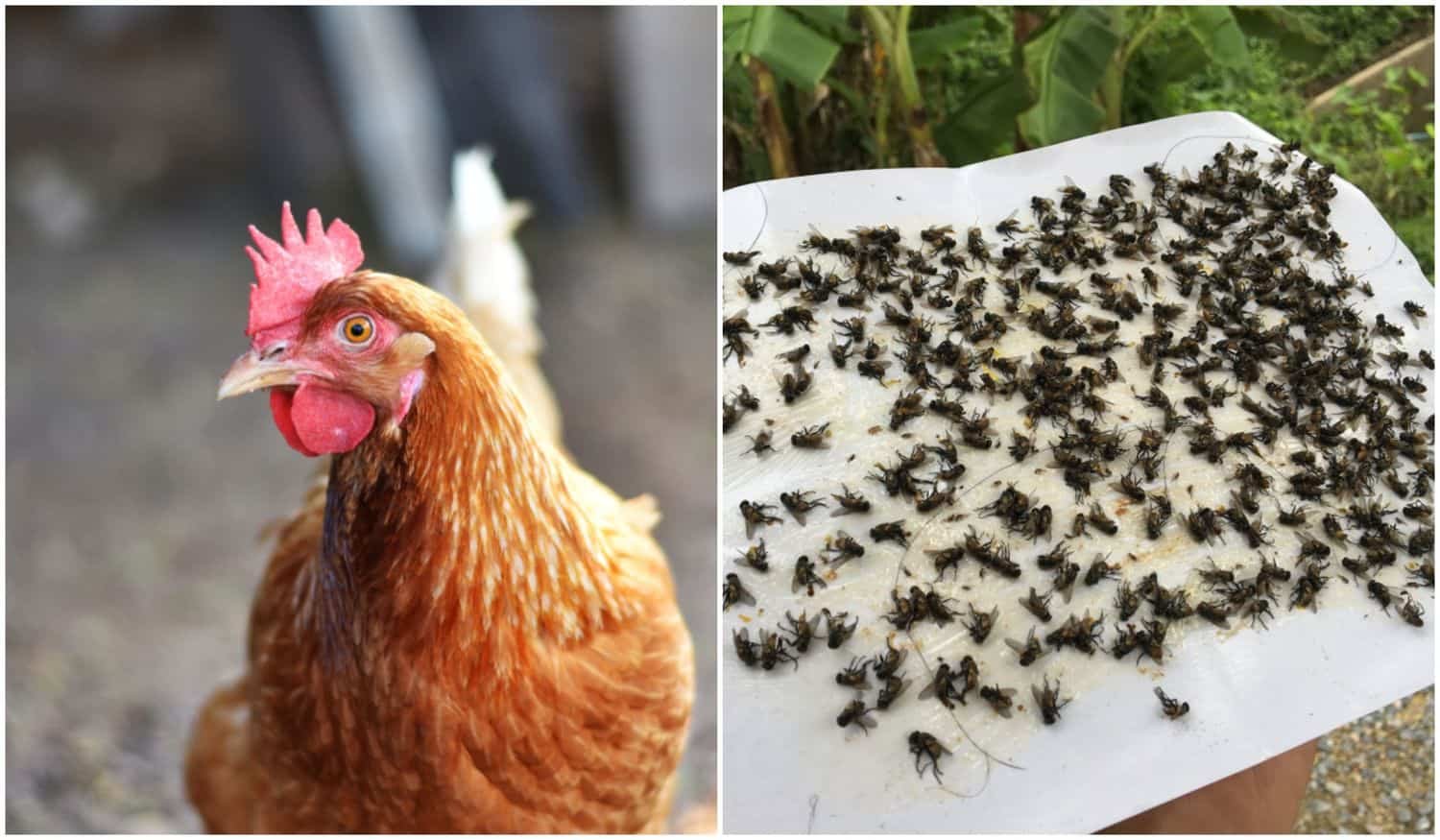
Housefly Life Cycle
The housefly life cycle closely mirrors that of most insects: a basic cycle that begins with an egg, then develops through a larva phase, a pupa phase, and finally, into an adult. During a warm summer -- optimal conditions for a housefly -- the cycle, from fertilized egg to adult, spans a mere seven to 10 days.
After a male housefly chases down and fertilizes a female counterpart, she's ready to lay her eggs. Houseflies are solitary creatures. Like the rest of the insect world, males and females do not stick together after mating and, unlike nesting insects, females do not care for or protect eggs. Females simply leave the eggs where they will be safe from predators and have plenty to eat upon hatching.
The female housefly deposits her eggs in the crevices and corners of the same kinds of decaying organic matter adults feed on. Within a day, the first larvae begin to emerge from the eggs. Also known as maggots, these worm-like creatures are little more than fleshy, sectionless tubes with hooked mouth parts used for feeding.
The maggots grow rapidly. In less than two days they've doubled in size and therefore must molt. Molting is a process common to many invertebrates through which a growing insect sheds its former exoskeleton and grows a new one. A maggot will molt twice more, emerging larger and more developed each time.
A FEMALE HOUSEFLY LAING EGGS
Following its third molt, larvae will burrow deep into the substance they've been feeding on. Their skins will darken and harden as they enter the pupa stage. Inside this protective shell, the larva will fully develop the body segments and appendages of an adult housefly.
The only visible addition to the emerging housefly is a swollen bump on the fly's head, used to break through the shell. Since the housefly doesn't have teeth or jaws to chew its way out, it uses this fluid-filled pouch to break through the pupae shell. Once fully emerged, the bump deflates back into the fly's head.
A new adult housefly has, at most, three months to reproduce before it dies. With so many predators, a housefly's average lifespan is even shorter: 21 days. Luckily for the housefly, the phrase "breeding like flies" isn't just a figure of speech. Each female can lay up to 900 eggs during her brief life.
The very thought of a housefly infestation may prove too disturbing for many homeowners. However, the next page will describe how a manageable amount of houseflies helps regulate the local ecosystem.
Breeding Characteristics
The little house fly is smaller than the house fly, however, the size difference is difficult to distinguish. Breeding sites for the little house fly are drier than for the house fly and poultry manure is preferred over most other materials. This fly prefers shade and cooler temperatures and even circles aimlessly beneath hanging objects in the poultry house, egg room, and feed room. The little house fly is less likely to crawl on people and food than is the house fly. lt is, however, usually the fly that causes the most complaints from residents near the poultry farm. Large numbers of these flies may gather in garages, breezeways, and homes because of their preference for shade.
The house fly is known to breed in many types of organic material such as decaying plant material, spilled grain and feed, and in all kinds of animal manure. ln caged layer houses the manure is a very good location for breeding. In houses where sanitation is poor and where water spills keep the manure moist, fly breeding may especially be a problem. The house fly prefers sunlight and is a very active fly, which crawls over filth, people, and food. Because of these habits it is the most important species from the standpoint of spreading human and poultry diseases and fly-specking eggs.
Manure Management for Fly Control
Managing poultry manure in such a way that it becomes unattractive as a breeding site is an effective way to keep the fly population under control. All flies go through four life stages; egg, larva, pupa, and adult. Eggs are deposited on the breeding media (frequently poultry manure) and larva (or maggots) hatch out in the moist or wet material where they remain until ready to pupate. Pupation may occur in a drier location than where the eggs hatch. Fresh poultry manure is approximately 60 to 80% moisture. If the moisture level can be reduced to approximately 30% flies will no longer find it an ideal site for laying eggs. Another method of making manure unattractive to flies is to add water and make the manure liquid.
Dry Manure
Dry manure has several advantages in a management program. It is easier to handle, has less volume, and has less odor than liquid manure. There are three recommended methods of handling manure in a solid or dry form. The first involves a floor system with litter material used as a floor covering. For this system to work properly the litter must be kept dry and, therefore, flies are not usually a problem. A second method, used for caged layers, is frequent (usually weekly) cleaning of the house. By removing the fresh manure and spreading it on land it dries rapidly and tends to break the breeding cycle. Thorough cleaning of the building is important because any manure left in the building may still provide a fly breeding site.
Another method of handling manure in the dry form is in a deep storage area under cages. An advantage of this system is the flexibility of clean-out. Manure can remain in the storage area for a year or longer depending on the amount of storage available. Although flies can be a problem in any poultry house, they are not usually a problem with this type of manure system. Some reasons for this include: increased surface area for drying manure, dark storage area, which discourages any breeding, and natural fly predators live in the stored manure. Poultry manure that is allowed to accumulate undisturbed in a deep storage area undergoes some composting which reduces the volume of the waste. This volume reduction provides extra storage space and allows an extended storage period.
For all of these systems and particularly the frequent cleaning of a shallow pit and long-term storage to work efficiently there are several management practices that must be followed to reduce moisture in the manure. Probably the most important and perhaps the most difficult to control is preventing water leaks. In houses with cup waterers each valve has the potential for a leak. Providing adequate drainage to keep surface water out of the house is also essential. By maintaining the proper grade around the outside of the poultry house, storm water is prevented from getting into the house and getting the manure wet.
Another important management tool is proper ventilation. The proper exchange of air in the house with fresh air from outside will help move moisture laden air out of the house, which improves bird comfort, and will also help keep manure dry.
Other management practices which aid in keeping manure dry are:
- keep watering systems clean and free of bacteria buildup which can cause diarrhea;
- avoid rations that have a high salt content, which increase water consumption;
- avoid very high house temperatures that increase water consumption.
Fly Control by Mechanical Measures
Fly control inside the poultry house is an easier problem to handle if flies are prevented from entering. Through the proper use of screens for doors, windows, and curtain openings the number of flies that enter the house can be minimized. Some of those flies that do enter the house can be controlled by electrical insect traps and bait stations. Traps are usually designed with some type of light to attract insects and then some type of electrically charged grid to kill them. These are best used as a supplement to other fly control practices. Bait stations are most effective in work areas where the surroundings are kept clean.
Fly Control by Chemical Measures
As a last alternative to good management and sanitation programs, insecticides can be used effectively to complete the task of fly control. It must be re-emphasized that insecticides should not be used instead of good management. In any situation where insecticides are used in or around the poultry farm only those products which are approved for poultry farm use should be considered and then only when the directions for use are carefully followed.
Several methods of application including residual sprays, space sprays, vapor strips, fly baits, and larvicides can be considered for poultry farm use. Tables 1 and 2 list several insecticides that are approved for use in poultry houses and if used according to directions do not result in injury to the birds or residue contamination in eggs or meat.
Residual sprays may be used on the outside of the building, particularly around doors and windows including the vegetation growing in those areas, and on the inside on ceilings, trusses, electrical wires, light fixtures, or other equipment in the house. Some of the residual sprays can only be used when no birds are in the house, while others are approved (Table 1) for use when birds are present. Control of flies for up to four weeks can be expected if surfaces are thoroughly coated to the point of dripping.
Space sprays or mists (Table 2) should be used when fly numbers are quite large and an immediate reduction in adult fly numbers is necessary.
Bait stations can also help control the fly population on poultry farms. The bait stations usually contain an insecticide (such as those listed in Table 1) plus an attractant such as sugar. Hailing should be used in conjunction with another method of control; alone it is not eflective in controlling the population. Baits should always be placed out of reach of the birds.
Vapor strips can be effective in a fly control program. These strips are readily available and, when used according to label directions, give off a vapor which kills flies in a confined area. Use of these products in the poultry house is not recommended due to the large amount of air movement. Larvicides (Table 3) are another way of controlling flies. There are two types of larvicides that can be used. The most common type that has been used for some time is one that can be sprayed directly on manure. With this type of application the intent is to kill fly larvae (maggots) that are developing in the manure. To obtain desired results the insecticide must penetrate the manure and come in contact with the larvae. There is sometimes some difficulty in obtaining desired results because of the constant addition of fresh manure. This method of fly control should be reserved for treatment of trouble areas that have developed when other methods of control have failed. There are some additional potential problems associated with the application of larvicides to manure. One is the possible resistance development by flies. Another potential problem is the indiscriminate killing of natural parasites and predators.
The second type is a feed-through larvicide which is included in the feed and then functions in the manure. Larvadex 0.3% Premix is available as a feed-through insecticide for use with caged layers for the control of manure breeding flies. A complete house cleanout should precede the use of Larvadex in the feed. Following label direction is very important in the use of this product and continuous feeding is not recommended. When flies become active the Larvadex should then be incorporated into the feed at the recommended level and fed continuously for four to six weeks. After this initial feeding period an alternating program of feeding five to seven days and withdrawing for five to seven days should be followed.
Larvadex is available for use with caged layers only. It should not be used in broiler feed or feed used for any other species of poultry. Meat and eggs from breeder birds being fed Larvadex should not be used for human consumption. For spent fowl there is a three-day withdrawal period prior to slaughter. Precautions should be taken in the use of the manure from birds fed Larvadex. Soil application at rates not to exceed five tons per acre is acceptable. However, manure should not be applied to small grain crops that will be grazed or harvested.
For best management, fly control should be included in any poultry management program. Because of cost and the fact that other insects are also killed, chemical sprays and larvicides should be considered only when good management and mechanical controls have not been successful.


